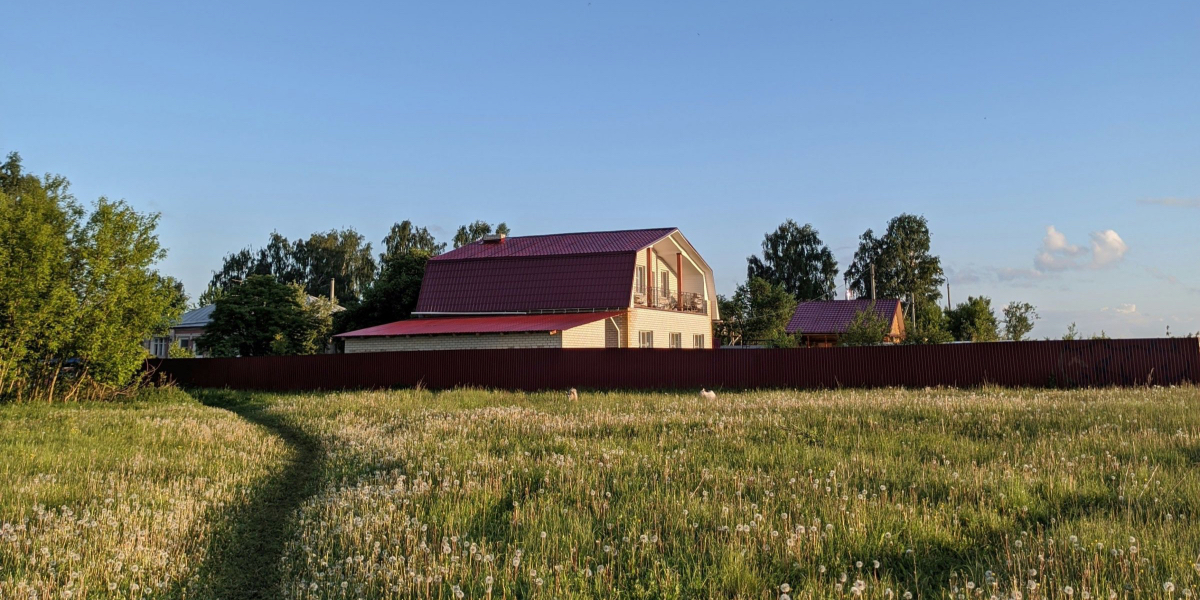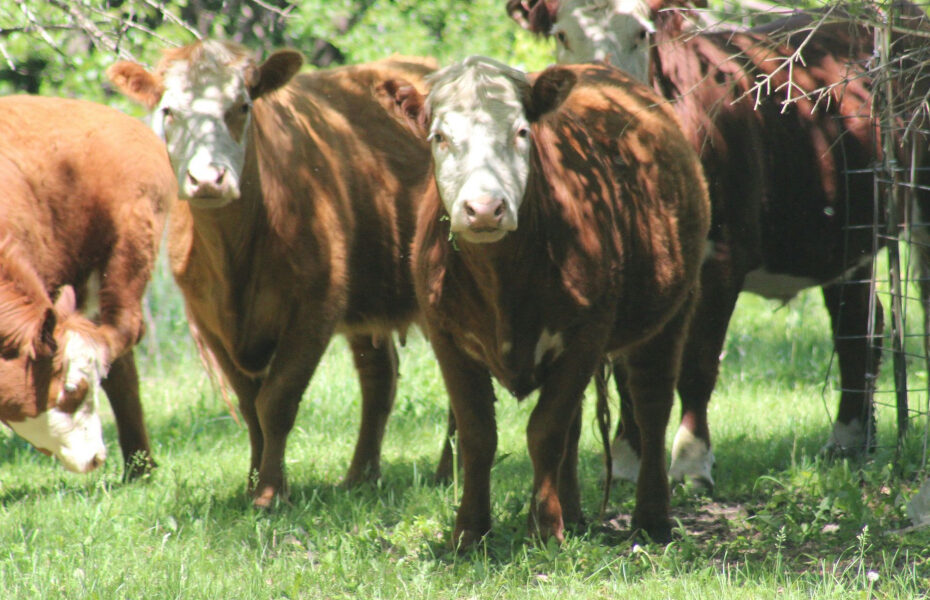Tallow Source is more important now than ever. With the rapidly growing popularity of tallow in the marketplace everything from private label “tallow cream” from China to commercially rendered tallow from questionable sources has been showing up.
Tallow’s been around for ages, used in everything from cooking to skincare. Originally, folks made tallow from animal fat, like beef or mutton, and it came in handy for things like soap and candle making. Over time, though, its popularity faded a bit, with synthetic and vegetable-based alternatives taking over in many areas.
These days, there’s a noticeable return to traditional products. People are digging the natural benefits of tallow again, especially for things like skin moisturizers and cooking fats. What’s sparking this comeback? It’s all about going back to basics and relying on time-tested, natural resources.
Where your tallow comes from is a big deal. Opting for locally sourced, hand-rendered, grass-fed tallow means you’re getting a product that’s often richer in nutrients and free from nasties. Plus, supporting local farmers can lead to better quality control and freshness. The local angle helps make sure the cattle lived in better conditions, sticking to natural diets that lead to more nourishing tallow.
It turns out that what the cattle eat has a pretty big impact on tallow quality. Grass-fed cows tend to produce tallow with higher omega-3s and other beneficial fatty acids compared to grain-fed ones. The difference really shows in the purity and effectiveness of the tallow. So, when you’re picking out your tallow, considering these factors might be the key to getting the most out of it.
Navigating Health and Environmental Concerns in Tallow Production
When thinking about tallow, it’s crucial to weigh in on how it’s made, because the production process has its set of challenges. Chemicals often sneak into commercial rendering processes, which can stick around and impact the final product. Additives and synthetic compounds aren’t something you want in your skin cream or food, right? So, knowing how your tallow is processed is pretty vital.
Another aspect worth noting is where the tallow comes from, the source of the fat. Tallow derived from large-scale commercial farming could bring its own set of issues. Unfortunately, many of these environments aren’t the best for animals. Overcrowding and varied feed can affect the quality of the fat and ultimately the tallow you use. In most cases, commercial tallow will just not measure up to what you get from smaller, more local farms.
Local small farms generally offer a more eco-friendly and humane option. Often, these places allow cattle to graze naturally, improving both the animal’s life and the quality of the tallow. Supporting these farms also means promoting better farming practices and sustainability. So, going local isn’t just better for your skin or cooking, it’s better for the planet too.

With a bit of know how, picking sustainable tallow products is easier than you might think. Labels often tell a lot, listing things like ‘grass-fed,’ ‘organic,’ or ‘hand-rendered.’ Keeping these terms in mind can help you find products that align with a healthier lifestyle and a more conscious choice for the environment.
Exploring the Methods and Quality of Tallow Rendering
Different ways of rendering tallow bring out different qualities in the final product. Traditional methods, where folks usually heat and strain the fat slowly, maintain more of the natural nutrients. Industrial processes, on the other hand, are quicker and often use chemicals to boost yield, which can compromise the tallow’s purity.
Choosing rendering methods that don’t involve additives or intense heat often results in a richer, creamier tallow. This means it can do wonders for your skin, providing natural moisture without the risk of irritants from chemicals. Natural rendering processes also support the integrity of the product, making it a great choice for kitchen uses too.
The type of fat used in rendering can also greatly influence the quality. Trim fat is usually cheaper and abundant but doesn’t carry the same nutrient density as suet, the fat surrounding an animal’s kidneys. Suet has a higher melting point and a cleaner taste, making it ideal for tallow used in cooking or skincare products.
If you’re on the hunt for high-quality tallow, look for products that specify ‘suet’ on their labels. It’s a sign that more care has gone into the production, ensuring a superior product. And don’t shy away from asking questions or doing a bit of research. Often, the best tallow sources are happy to share their rendering methods and the types of fat they use.
Making an Informed Choice: The Importance of Pure Tallow
Choosing natural tallow over processed alternatives can make a significant impact on both health and environmental fronts. Pure tallow retains beneficial properties that shea butter or coconut oil might lack, offering a distinct advantage in skincare and culinary applications.
Quality tallow offers nourishing benefits for the skin, supplying essential fatty acids that help to maintain hydration and support skin health. It’s also a valuable cooking ingredient, providing a stable fat source that adds rich flavor and nutrition without the risk of trans fats often found in processed oils. The tallow source is really important as a cooking ingredient.
Sourcing high-quality tallow isn’t overly complex if you know what to look for. Labels indicating ‘grass-fed’ or ‘local’ are usually good starting points. Connecting with local farmers’ markets or sustainable food co-ops can lead you to products that adhere to higher ethical and quality standards.
Remember, the best tallow comes from a place that values cows raised on wholesome, natural diets, respects traditional rendering methods, and stands transparent about their processes. By making informed tallow choices, you’re supporting a sustainable lifestyle, one purchase at a time.
All of TallowSilk’s tallow is hand rendered in small batches and sourced from local Vancouver Island farms from grass fed cattle to ensure the highest quality for our products.
